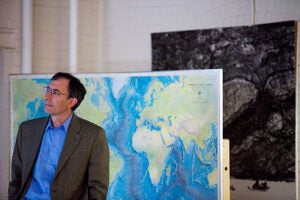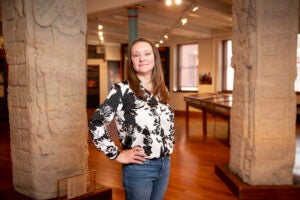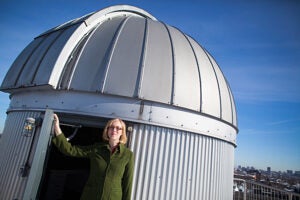Tag: Astronomy
-
Science & Tech
Finding explanation for Milky Way’s warp
The Center for Astrophysics | Harvard and Smithsonian’s results bolster hypothesis of how galaxy evolved.
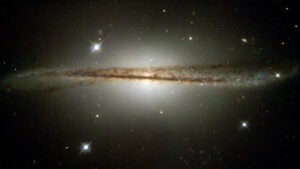
-
Science & Tech
Mystery of dark matter — and search for WIMP
MIT’s Peter Fisher details his new book, “What Is Dark Matter?,” at Harvard science event.
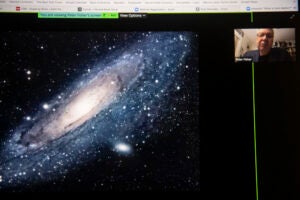
-
Campus & Community
New director plots fresh course for the CfA
As the first woman director of the Center for Astrophysics, Lisa Kewley talks about strategies for a new era in astronomy, growing up with a love for space, and challenges for women in the field.
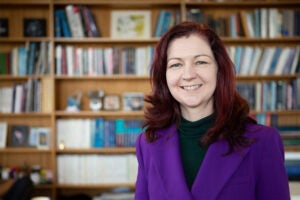
-
Campus & Community
Who wants ice cream? At this point, pretty much everyone
Despite downpour, the Department of Astronomy ice cream social event draws a crowd.

-
Campus & Community
Reaching for the stars
Using robotic telescopes and other engaging astronomy activities, researchers at the Center for Astrophysics | Harvard & Smithsonian hope to spark interest in the sciences.
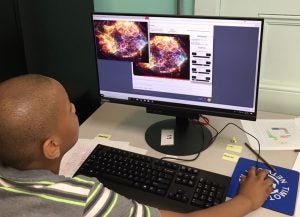
-
Science & Tech
Black hole on the move
Astronomers at the Center for Astrophysics | Harvard & Smithsonian have detected a moving supermassive black hole.
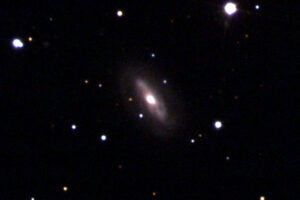
-
Health
3 takes on dealing with uncertainty
In these volatile times, three Harvard professors share insights from their fields on how to handle uncertainty.
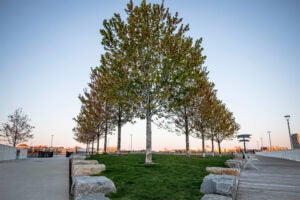
-
Science & Tech
In a photo of a black hole, a possible key to mysteries
So little is known about black holes and the image hints at a path to a higher-resolution image and more and better data.
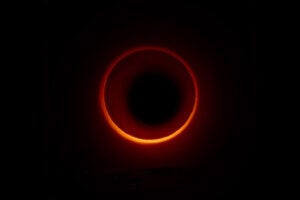
-
Science & Tech
The giant in our stars
Astronomers at Harvard have discovered a monolithic, wave-shaped gaseous structure — the largest ever seen in our galaxy — and dubbed it the “Radcliffe Wave.”
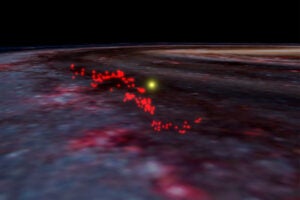
-
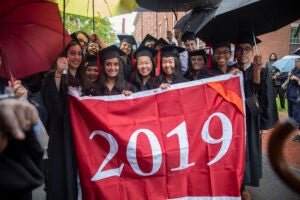
-
Science & Tech
A ‘Goldilocks zone’ for planet size
Researchers have redefined the lower size limit for planets to maintain surface liquid water for long periods of time, extending the so-called habitable zone for small, low-gravity planets.
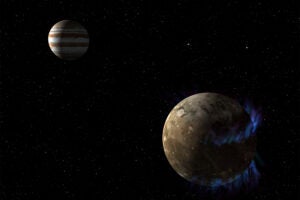
-
Science & Tech
Astronomy Lab sees the light — and wants everyone else to, too
Accessibility devices at the lab use sound to allow the visually impaired to envision the stars
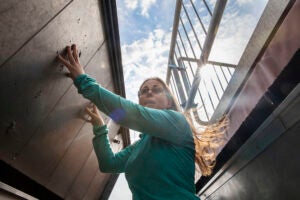
-
Science & Tech
A way to make Mars habitable
Researchers from Harvard University, NASA’s Jet Propulsion Lab, and the University of Edinburgh suggest that regions of the Martian surface could be made habitable with a material — silica aerogel — that would mimic Earth’s atmospheric greenhouse effect.
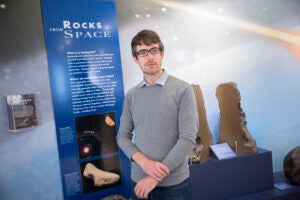
-
Science & Tech
Rocketwoman
Fifty years ago this summer, Neil Armstrong took his “giant leap for mankind” on the moon. In his wake hundreds of others have flown into space, including Ellen Ochoa, a four-time shuttle astronaut who stepped down as director of the Johnson Space Center in 2018 and is currently a visiting fellow at the Harvard Kennedy…
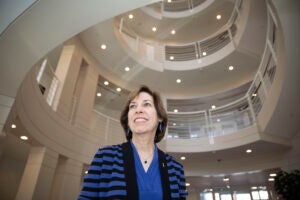
-
Science & Tech
Before the Big Bang
Harvard researchers are proposing using a “primordial standard clock” as a probe of the primordial universe. The team laid out a method that may be used to falsify the inflationary theory experimentally.
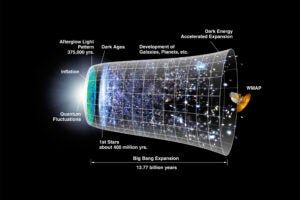
-
Science & Tech
‘Seeing the unseeable’
A years-long effort by dozens of researchers at the Harvard-Smithsonian Center for Astrophysics reveals the first-ever image of a supermassive black hole.
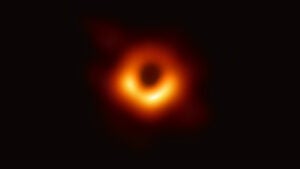
-
Science & Tech
A black hole, revealed
Researchers at the Event Horizon Telescope (EHT) just unveiled the first-ever image of a black hole, which captures what EHT Director Sheperd Doeleman called “a one-way door from our universe.”
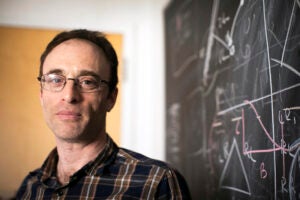
-
Science & Tech
150 years later, her star is still rising
At Harvard College Observatory in the late 19th and early 20th century, Henrietta Swan Leavitt developed a powerful new tool for estimating the distances of stars and galaxies.

-
Science & Tech
First glimpse of a kilonova, and Harvard was there
Marking the beginning of a new era in astrophysics, scientists for the first time have detected gravitational waves and electromagnetic radiation, or light, from the same event. Harvard researchers were pivotal in the work.
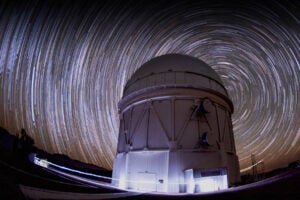
-
Science & Tech
Last survivors on Earth
A testament to the resiliency of life, the microscopic tardigrade can survive any cosmic calamity, according to an Oxford-Harvard study.
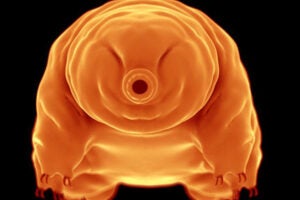
-
Science & Tech
Just-so black holes
New findings advance insight on formation of supermassive black holes in the early epochs of the universe.
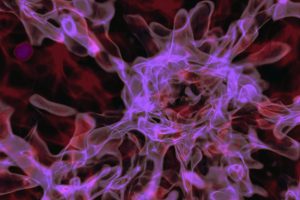
-
Science & Tech
Guardians of the sky
After a flood threatened to destroy the Harvard College Observatory’s trove of glass plate negatives, staff members and students from around the University showed up to help move the plates to safety.
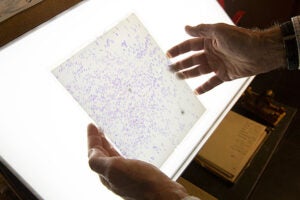
-
Science & Tech
Far-out questions
Harvard astronomer Avi Loeb talked about the search for intelligent life in a lecture at the Science Center.
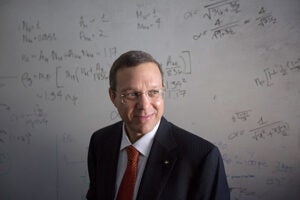
-
Science & Tech
The search for other Earths
Scientists at the Harvard-Smithsonian Center for Astrophysics are drafting the target list for NASA’s next planet-finding telescope, the orbiting Transiting Exoplanet Survey Satellite, or TESS, which will search the Earth’s galactic neighborhood for planets that might support life.
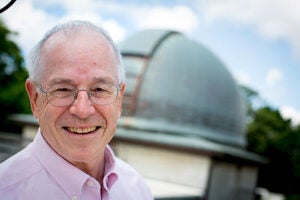
-
Science & Tech
Putting the stars within reach
Two communications specialists at the Chandra X-Ray Observatory have authored a guide to the universe, aiming to show people around a universe they say belongs to us all.
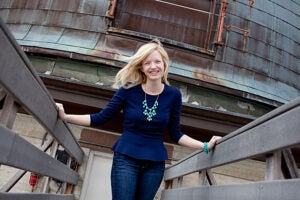
-
Health
Dying stars source of life?
Researchers at the Harvard-Smithsonian Center for Astrophysics have found that even dying stars could host planets with life — and if such life exists, they believe we might be able to detect it within the next decade.
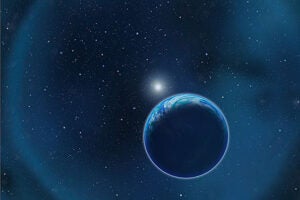
-
Health
Stars in the making
A paper authored by Harvard’s Eli Visbal with colleagues from the California Institute of Technology and Tel Aviv University suggests that it may be far easier than commonly thought to peer deep into the universe’s history and observe the telltale signs of the formation of the first stars and galaxies.
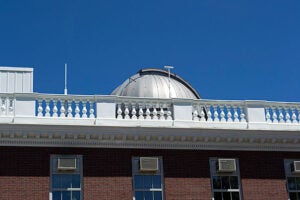
-
Science & Tech
The last dance between Venus and the sun
Before 2004, the most recent Venus transit occurred more than a century ago, in 1882, and was used to compute the distance from the Earth to the sun. On June 5, 2012, another Venus transit will occur. Scientists with NASA’s Kepler mission hope to discover Earth-like planets outside our solar system by searching for transits…
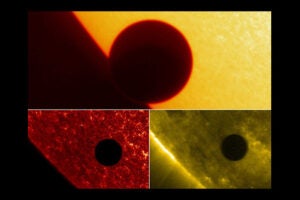
-
Science & Tech
Earth’s sister in the crosshairs
A new book by Harvard astronomer Dimitar Sasselov explains the revolution in understanding the universe that views life as a natural part of planetary evolution and that has researchers on the brink of finding worlds that echo this one.
